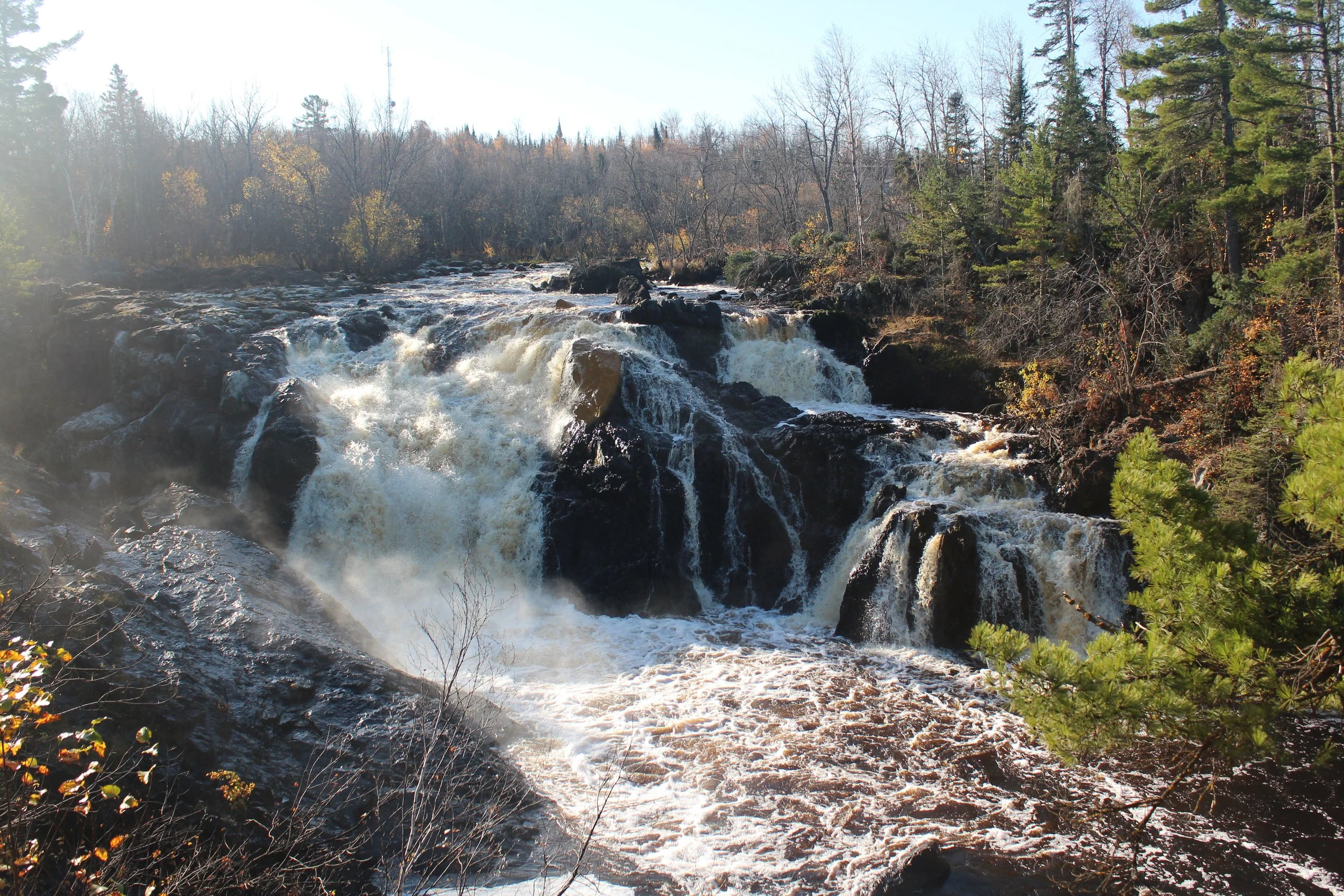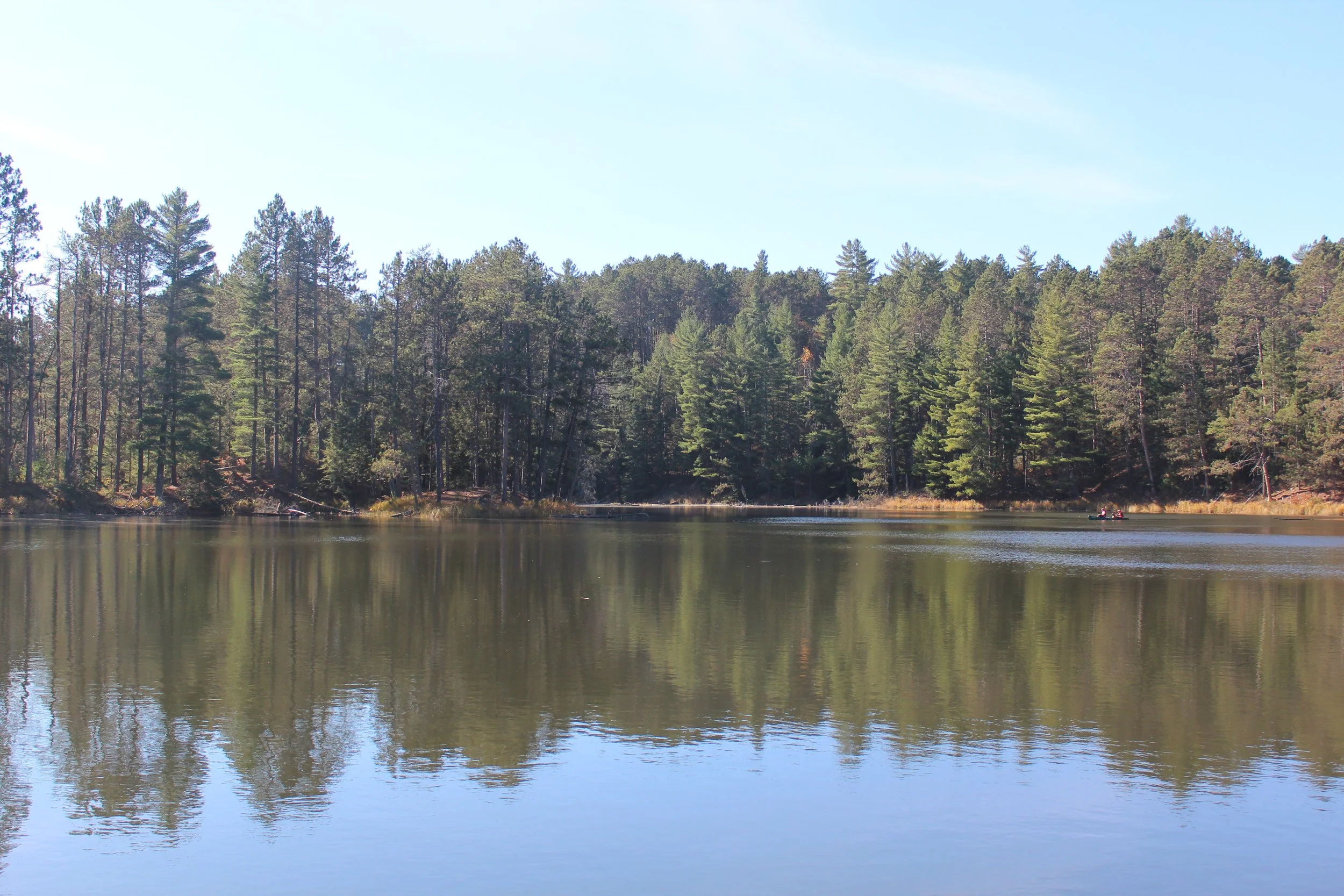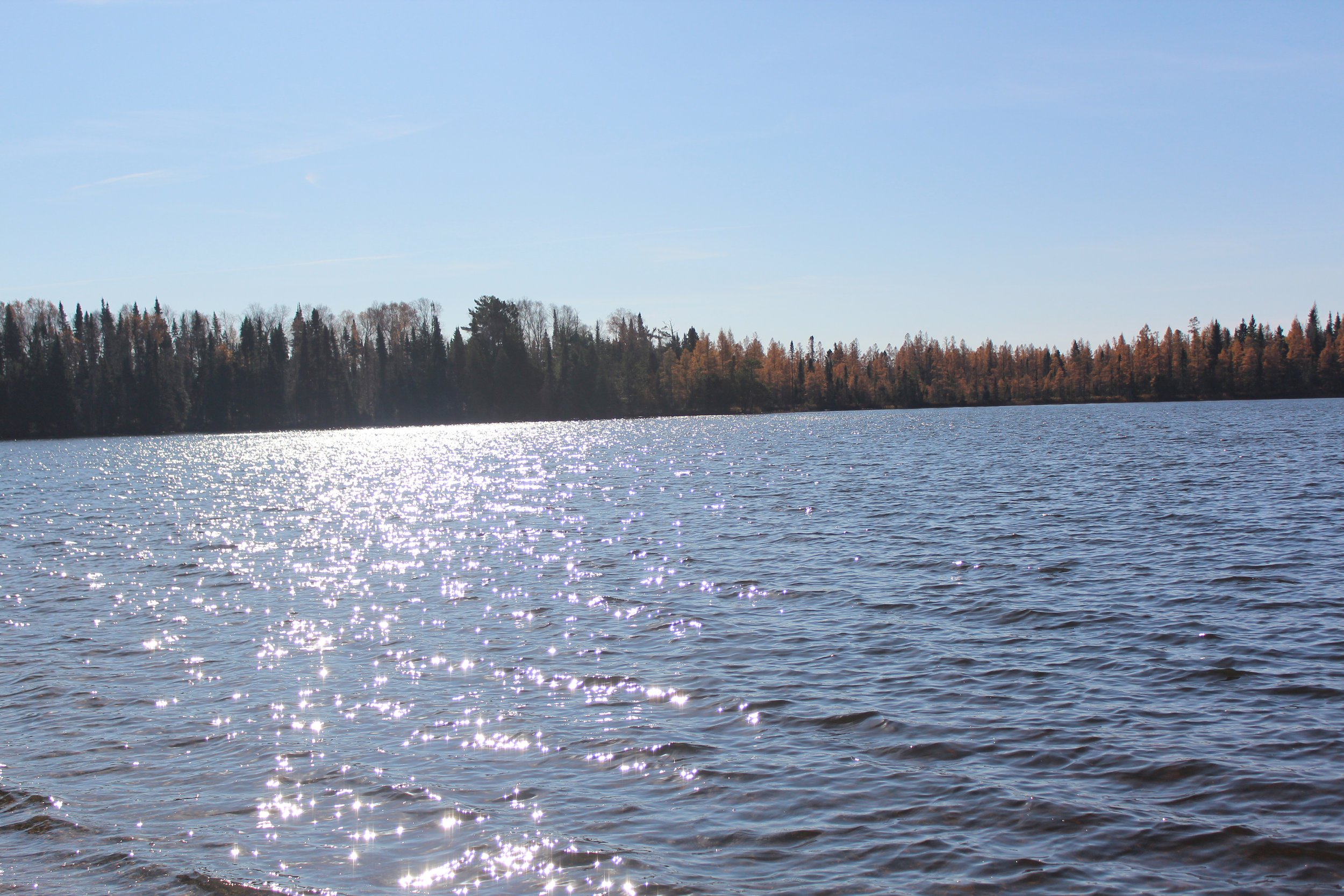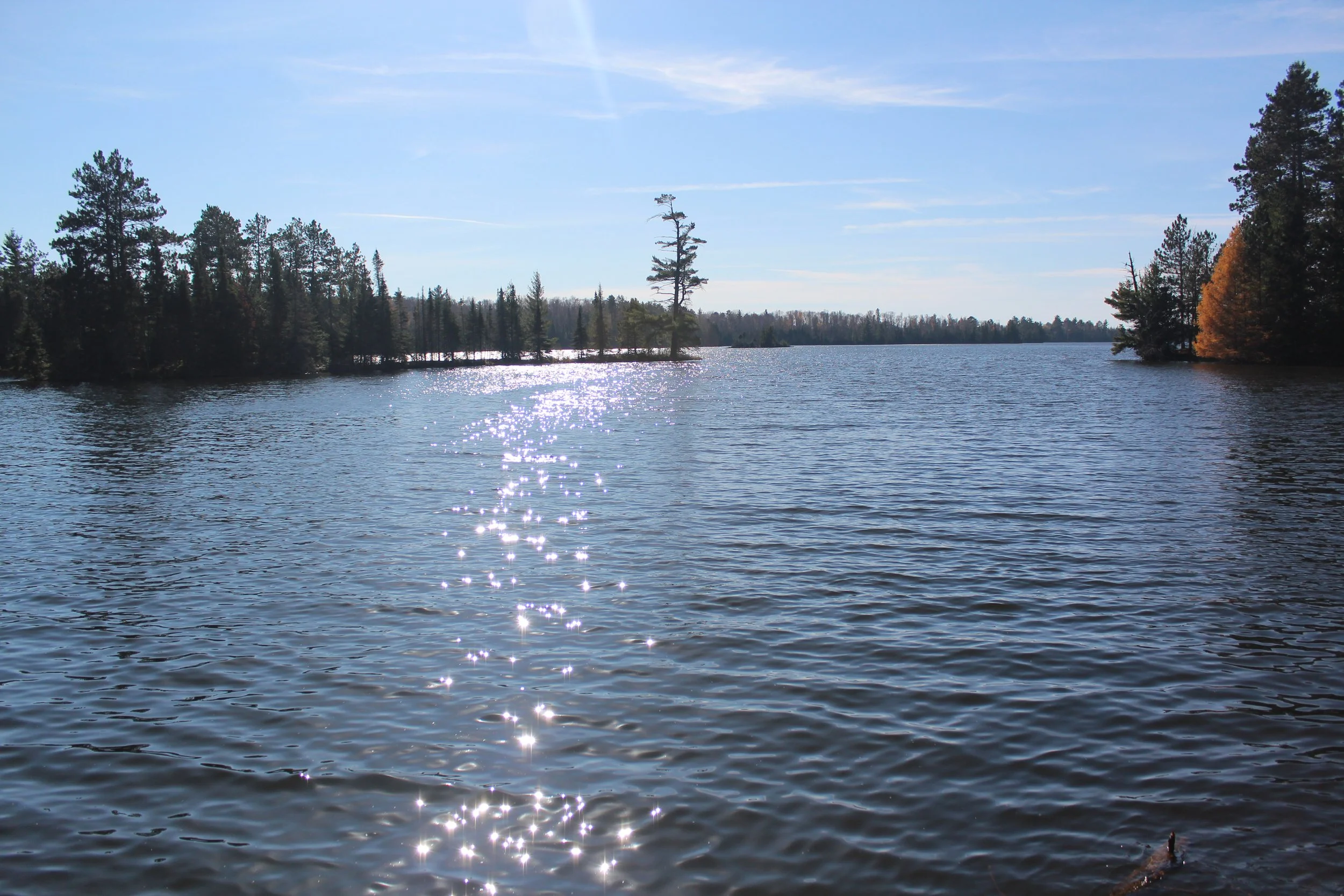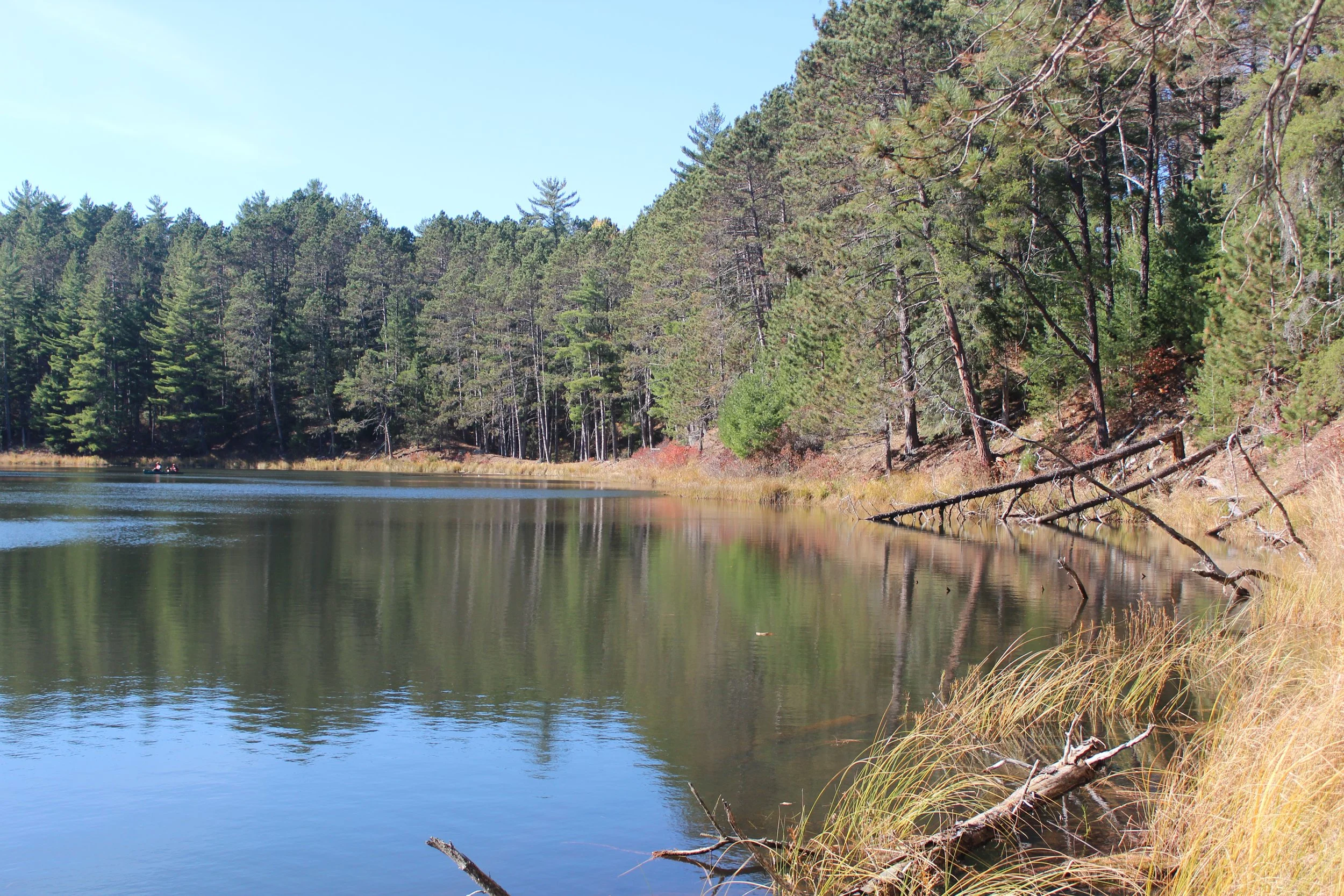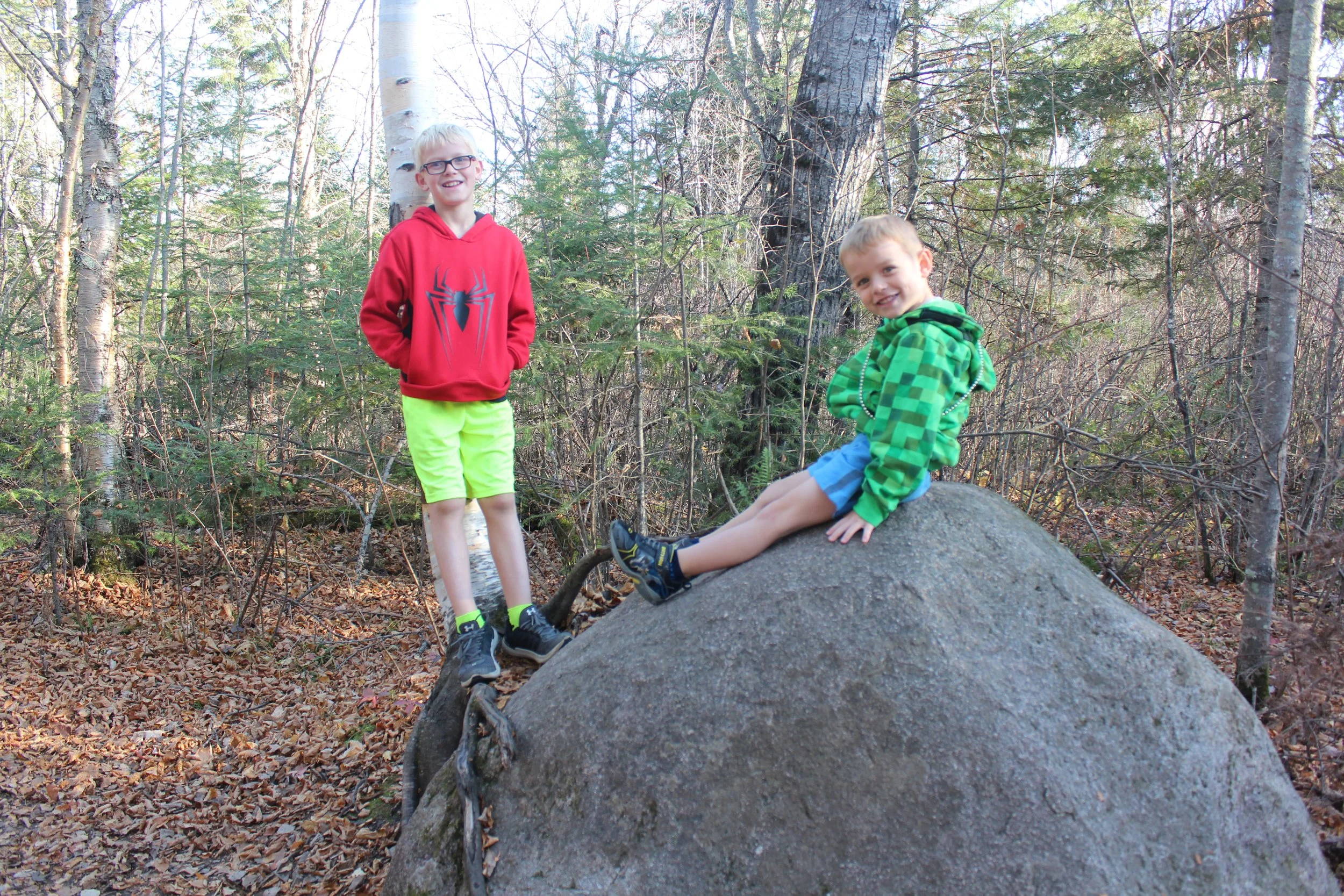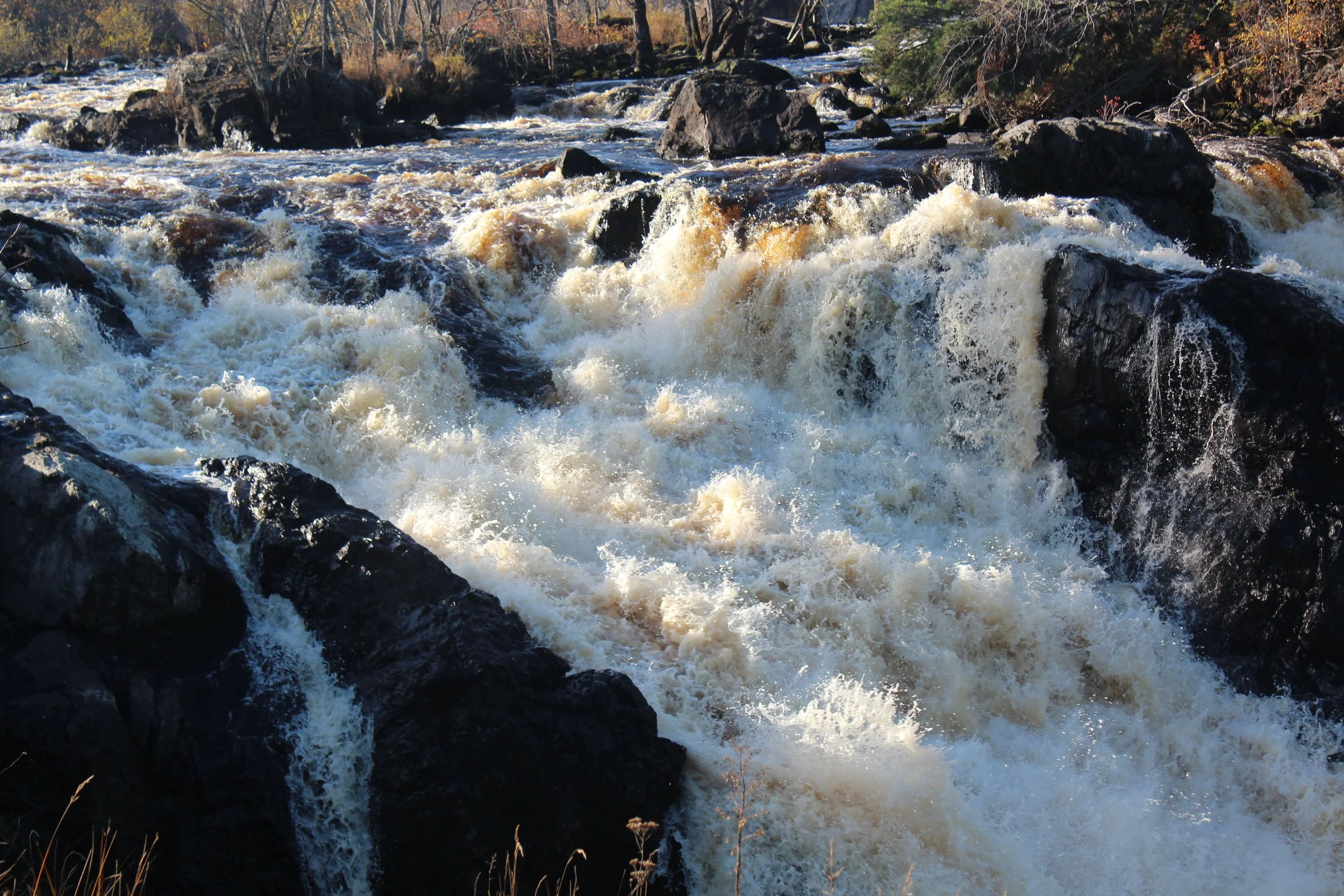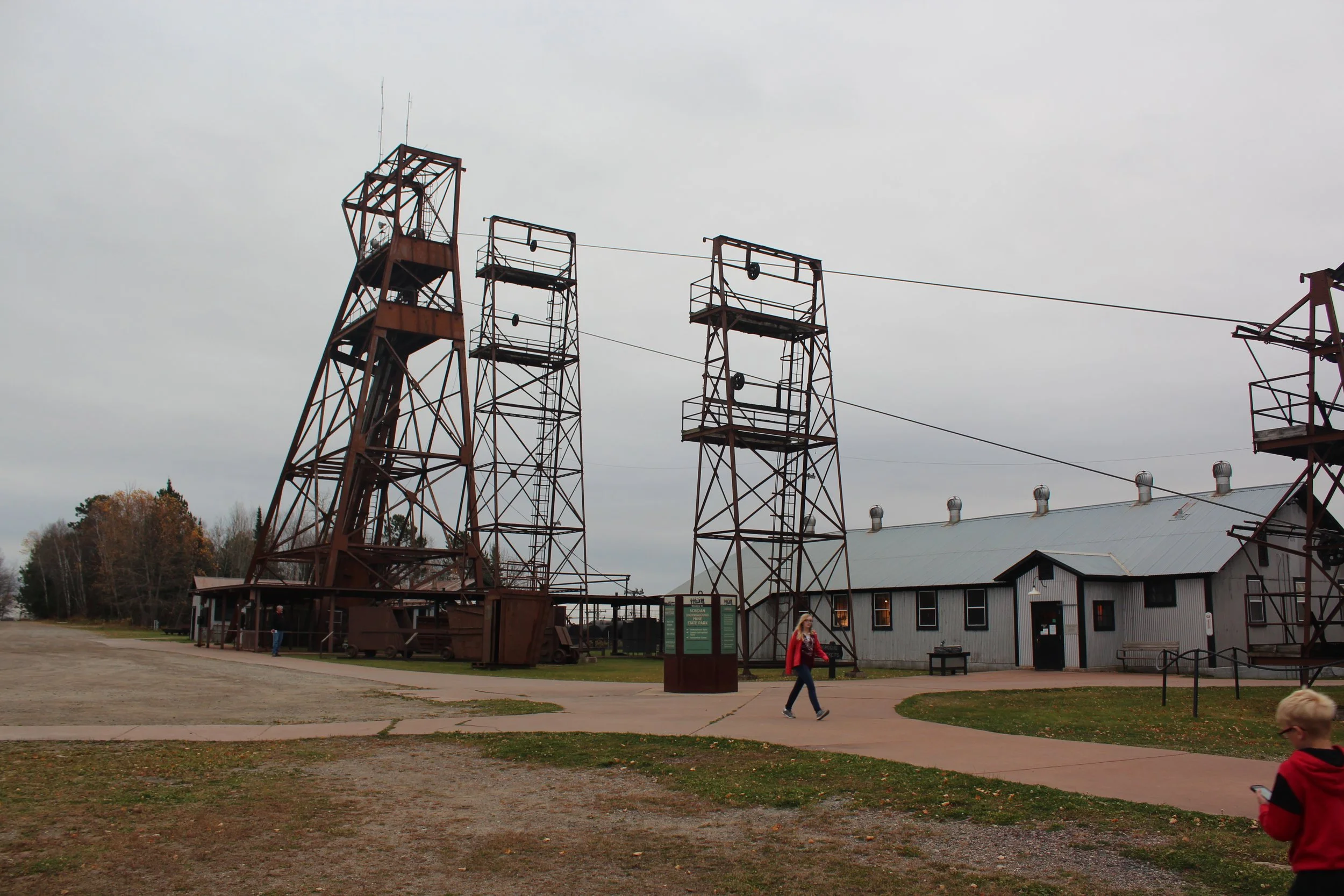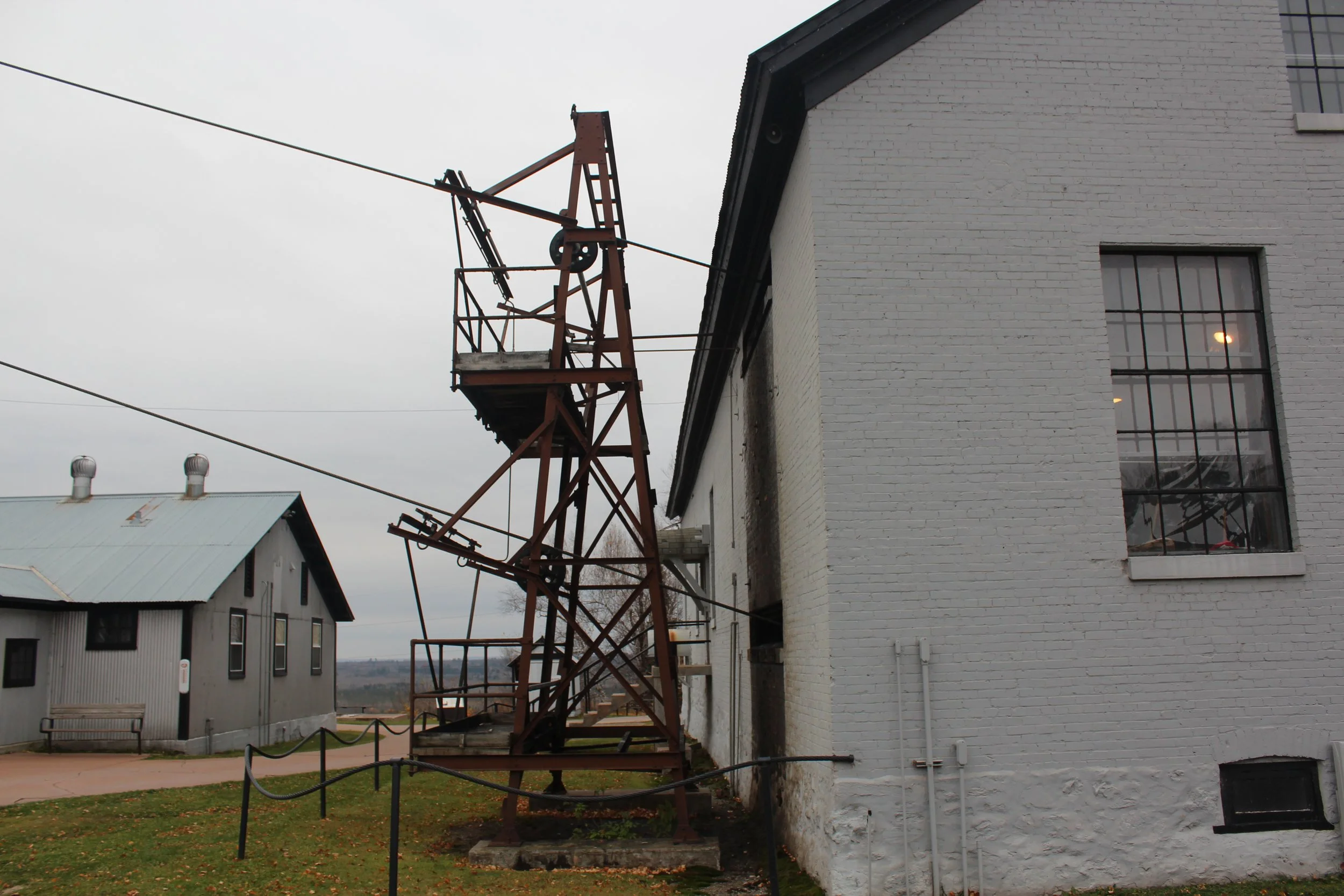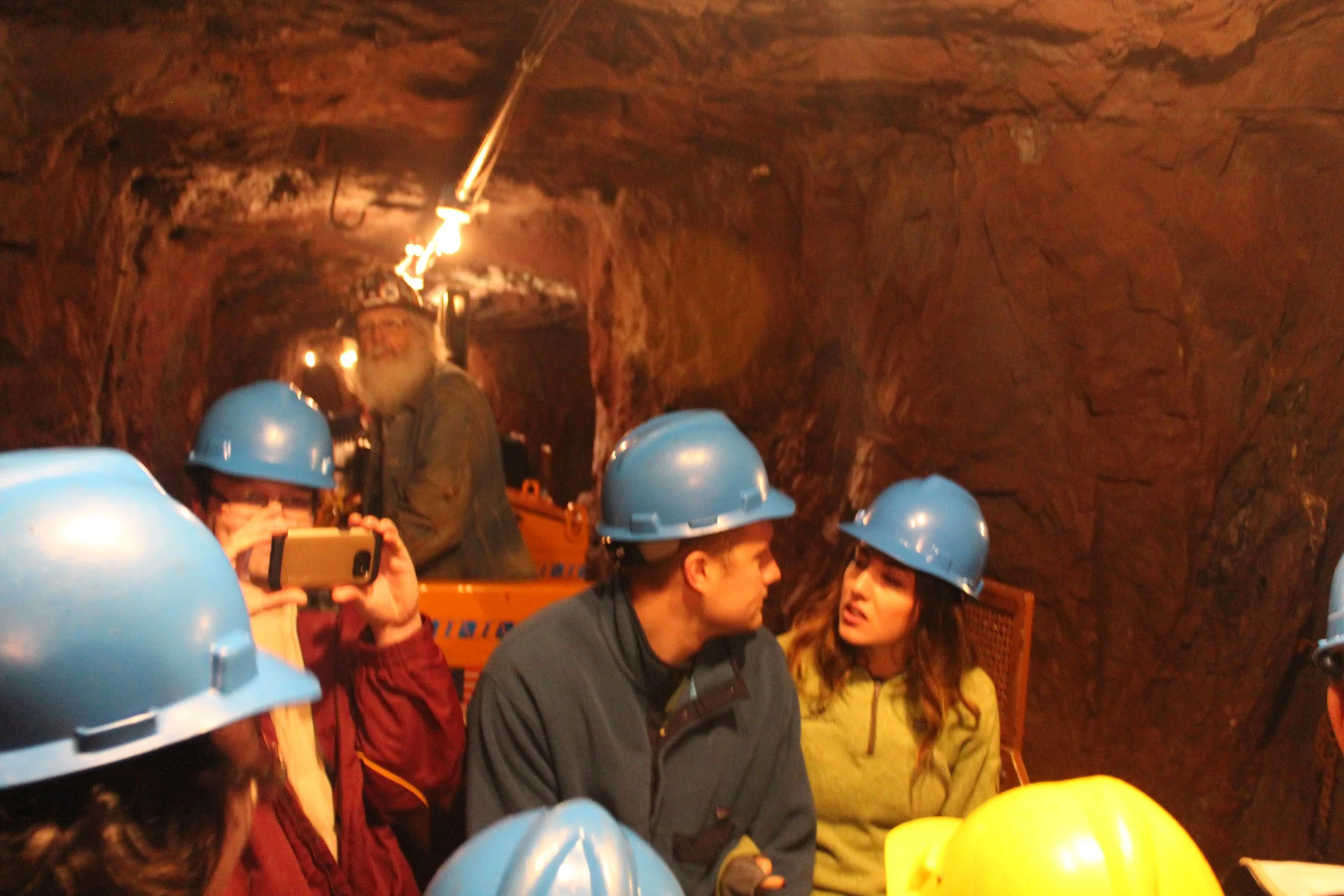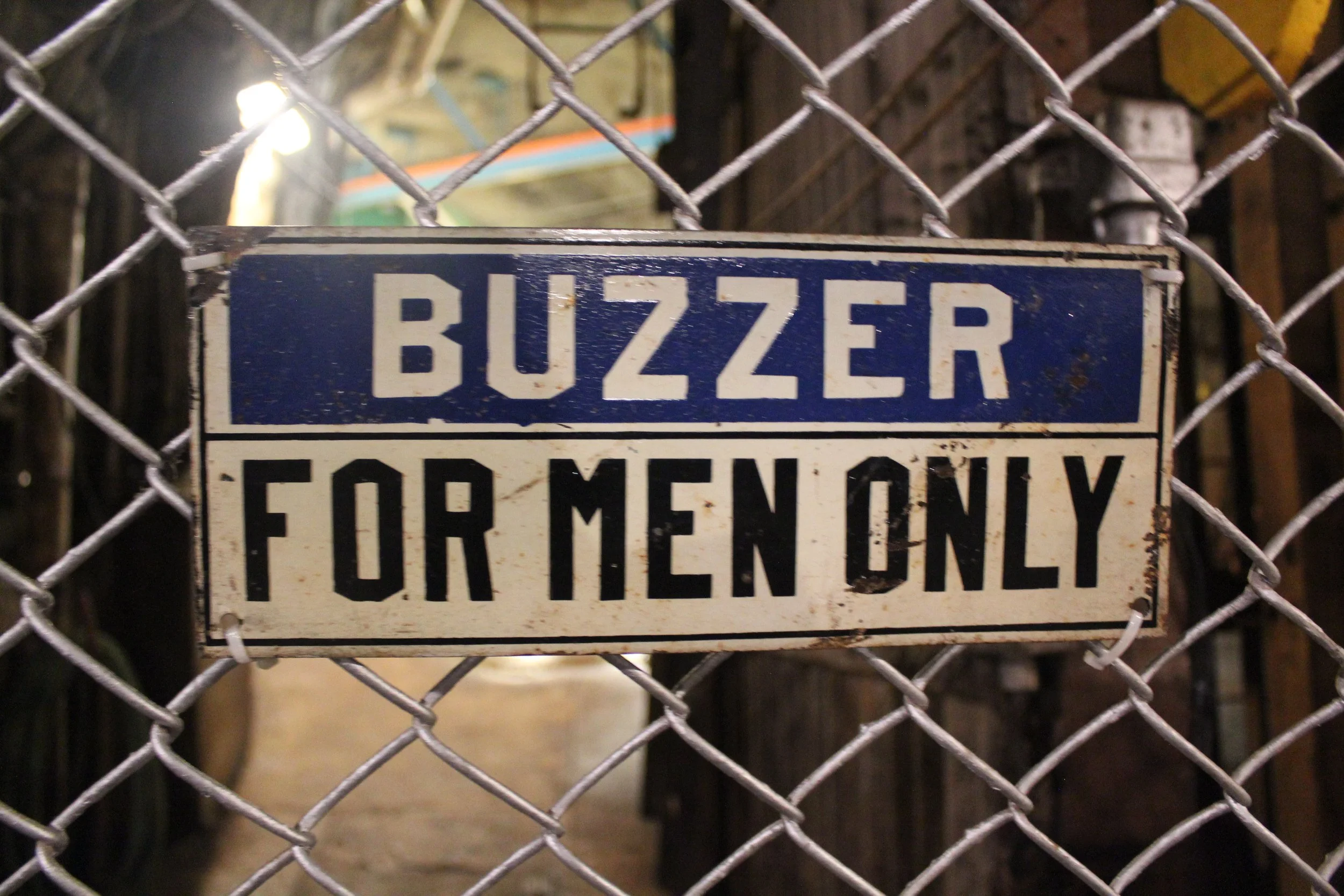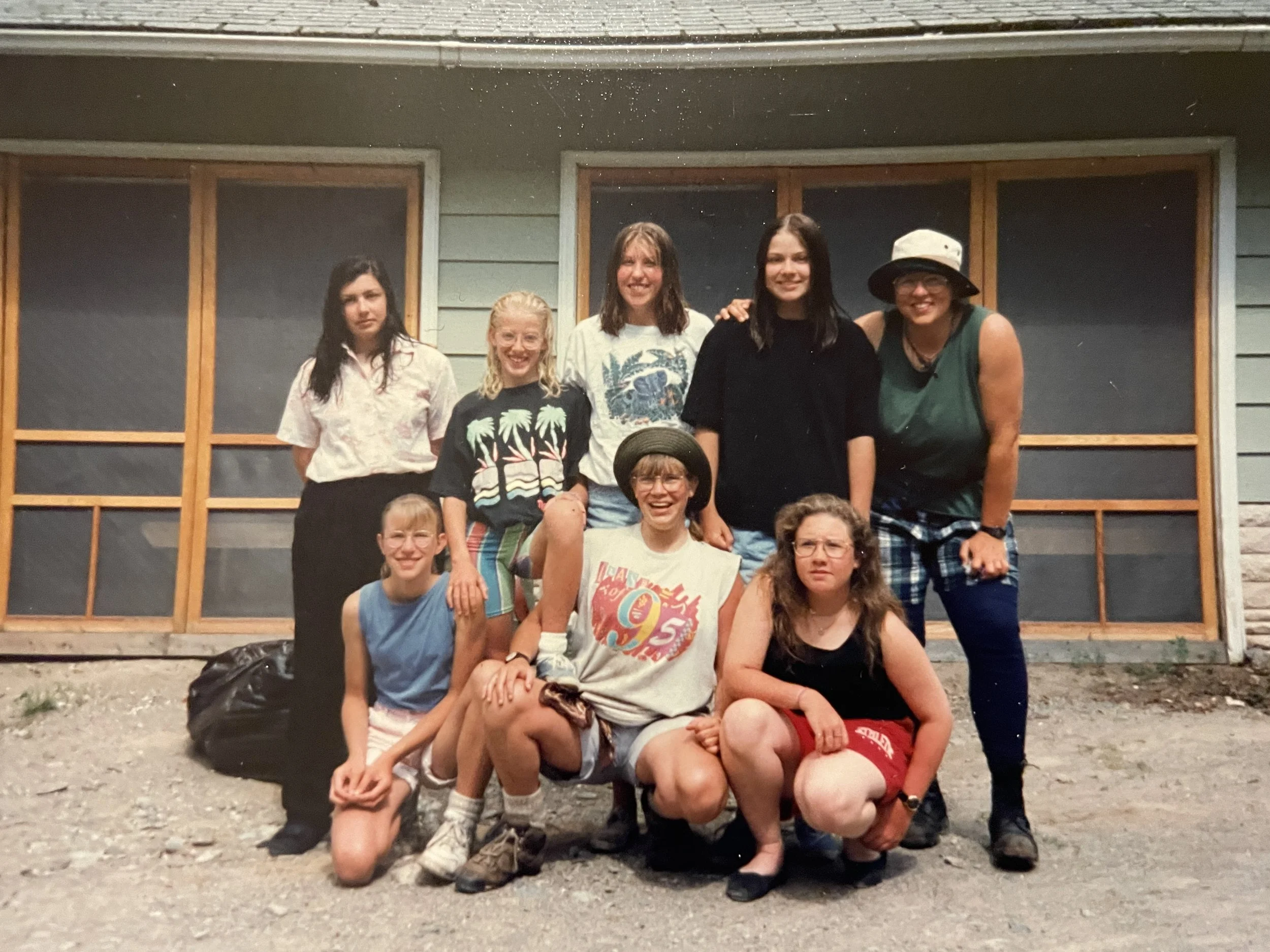Kawishiwi Falls
If you enjoy my blog, please consider signing up below for email notifications of my latest posts. I will not share your email.
Paddle, Hike, Relax
Minnesota is the Land of 10,000 lakes and 1,175 of these lakes are located in the Boundary Waters Canoe Area (BWCA), named for to its location near the Canadian border. The BWCA is managed by the US Forest Service, and permits are required for entry. Motorized boats are not allowed in the BWCA, and there are no access roads. The only way to get to the 2000+ campsites in the Boundary Waters is by paddling and portaging (carrying canoes/kayaks, gear, food, etc. over typically short trails connecting the lakes). The BWCA has more than 1,200 miles of water trails. It’s easy to spend more than a week in the BWCA, and still only scratch the surface of land and water that begs to be explored.
The BWCA remains a wilderness; still largely protected from the effects of mankind. The water in the lakes is so clean, it is safe to drink it without needing to filter or sterilize it. Food needs to be stored up in a tree at campsites to keep it protected from animals, and wolves can be heard howling at night. Moose, bald eagles, and loons are common creatures to see. This is also a trip that requires some muscle. Waves can get high on the bigger lakes, and portaging a canoe is not easy. And there’s the mosquitoes… But the Boundary Waters present an amazing adventure in a truly special part of our state and country.
As there are no roads, the BWCA can only be accessed through specific entry pints. Ely is the primary access point in the west, and Tofte is the closest city from the east. The BWCA also extends across the US/Canada border. The land is known as Quetico Park on the Canadian side. Some portages zigzag back-and-forth between both countries.
I was 12 when I visited Ely the first time. I was heading out on a week-long canoe trip through Girl Scouts (both the Girl Scouts and Boy Scouts have access points into the BWCA on Moose Lake, near Ely). I don’t think I’d been in a canoe before this trip, but I was looking forward to something more exciting than traditional Girl Scout Camp with arts and crafts, dances, and short horseback rides. This was a carry it in, carry it out, find leaves that are not poison ivy when you need to go, and keep paddling when the waves keep rising sort of trip. Although I didn’t bring a camera along (remember the days without cell phones?), I can still remember several of the lakes we paddled across, the portages (especially the longer ones), the moment a bald eagle flew out of a tree behind us and soared over the tops of our heads, and watching a group of Boy Scouts fishing near our campsite one night, when one of the boys stood up, flipped their canoe, and all three of them fell into the water… Smooth…
I didn’t return to Ely until the fall of 2017. My boys were still much too young to handle a canoe, so we hiked in Bear Head Lake State Park and explored Kawishiwi Falls. We also toured the Soudan Underground Mine and enjoyed the International Wolf Center. We hope to return soon to take our boys on a multi-day canoe trip.
Norberg Lake at Bear Head Lake State Park
Location and Lodging Options
Ely is the in the northeastern corner of Minnesota. From Minneapolis or St. Paul, it’s not quite a 4-hour drive to Ely, and from Duluth it’s 2 hours. Tofte is a little closer, at just 1.5 hours, and this enables a day-trip option while on a North Shore vacation.
Ely is a big tourist town, and there are several hotels and restaurants. There is also a campground at nearby Bear Head Lake State Park, and of course within the Boundary Waters there are multiple campsites accessible along the canoe water routes.
This post stands on its own, but it is a part of a larger network of posts I’ve written regarding things to do along Minnesota’s North Shore. This is a link to my full North Shore Guide for anyone interested. It’s an external link so you won’t lose your spot. I will also re-post this link at the end.
Things to Do Near Ely
Ely is probably best known for its nearby entry points into the Boundary Waters Canoe Area, but there are several other things to do nearby, including hiking, visiting the International Wolf Center, and touring Minnesota’s first iron mine.
Below is a map that I will use throughout the rest of this post. The colors help highlight where things are located. There are hyperlinks in the caption that go directly to section of the post, and there will be a link at the end of each section back to this map.
The black line shows the United States / Canada border.
Ely, MN (Red) - Provided for Reference
Bear Head Lake State Park (Orange) - There are trails to hike, a beach for swimming, fishing piers, and canoes, kayaks, and paddleboards which can be rented.
Kawishiwi Falls (Blue) - Short hike out to a large waterfall between Fall Lake and Garden Lake
International Wolf Center (Yellow) - Education Center, similar to a small zoo, solely focused on wolves
Lake Vermilion-Soudan Underground Mine State Park (Green) - Go underground and ride in a mining car on a tour of Minnesota’s first iron mine.
Moose Lake (Purple) - One of the most popular entry points of the BWCA for multi-day canoe trips
Sawbill Lake (Pink) - Canoe outfitter closer to the North Shore that includes a 3-lake single portage day route
Tofte, MN (aqua) - Provided for Reference
Bear Head Lake State Park
The Visitor Center is marked with a red star. Inquire inside for information about canoe, kayak, and paddleboard rental.
Parking lots near Bear Head Lake are marked with black stars.
Norberg Lake Trail (green) - 3 mile loop hike with 200ft elevation gain. A portion of the trail follows along one of the park roads.
Bear Head Lake - viewed from the swimming beach
I’ve been to Bear Head Lake twice, as I mentioned previously. I don’t remember being in a canoe prior to my trip to the Boundary Waters, but my parents took me here the day before my trip started. We rented a canoe, and my parents taught me the basics. We paddled out to an island that had a tall dead tree with a Bald Eagle’s nest in it. On our way out to the island, we passed a mama Loon with chicks on her back. This was my first time seeing both a Loon and a Bald Eagle. It was love at first sight. I’m now blessed to live on a lake - one of my primary reasons for wanting a lake home was to be able to have the windows open at night and listen to the loons as I fall asleep. We also see Bald Eagles daily.
For canoe, kayak, or paddleboard rentals at Bear Head Lake, inquire at the Visitor Center. As of 2024, canoes and kayaks are $15 for a half-day and $25 for a whole-day. Paddleboards are $10/hour.
Hiking up the Norberg Lake Trail
The second time I visited Bear Head Lake State Park was in October 2017. We enjoyed a morning hike out to Norberg Lake. This loop is not quite 3 miles and has minimal elevation gain (200ft). There is a portion of the trail that shares one of the park roads. We didn’t see any cars while we were on the road, and I still really liked this trail, even with the section that followed the road.
East Bay of Bear Head Lake
The hiking trail goes close to the shoreline of Bear Head Lake in several spots. We enjoyed walking down to the lake and dipping our feet in the water.
Walking down to Norberg Lake
There is a significant section of the trail that goes through the forest between Bear Head Lake and Norberg Lake. There are lots of pine needles on the trail, as is common in Minnesota’s northern woods. This was the section of the trail with the most change in elevation.
Norberg Lake
We enjoyed Norberg Lake all to ourselves. The trail goes down to the shoreline in one spot. It looked like a great spot for a beaver or maybe a moose, but we didn’t find any animals this day that were bigger than a chipmunk.
Kawishiwi Falls
The Kawishiwi Falls Trailhead Parking Lot is marked with a black star.
Kawishiwi Falls Trail (red) is 1.4 miles out and back to both the falls, above the falls, and down to Fall Lake. There is an elevation change of 150ft.
Kawishiwi Falls Trailhead
Ely is a little bit too far to the west to include it as part of Minnesota’s “North Shore”, but if I could couple it with other things to do and see while visiting the North Shore, I would rate the Kawishiwi Falls as one of the best waterfalls due to its size, the easy trail, and the relative secrecy of the falls itself.
Tree roots such as these grab hold of rocks and cover this trail out to Kawishiwi Falls
Simply walking out-and-back to Kawishiwi Falls is just over a half mile. The trail continues both upstream and downstream of the falls, and I think both spots are worth exploring further, for a total hike of 1.4 miles There is a slight (150ft) elevation gain when heading both up and downstream. This is an easy trail, with exception of trying not to trip over the plentiful tree roots.
My boys will climb up any boulder visible from the trail. A hike is a much bigger experience than simply taking a walk.
The Kawaishiwi Falls are incredible! This was our 2017 Christmas Picture.
October 2017
Some waterfalls are viewed at a distance, but the trail for Kawishiwi goes right up and over the falls; another reason I love this waterfall.
Kawishiwi Falls
Kawishiwi Falls looking downstream to Fall Lake
Too many cool pictures to pick from - a slightly different angle looking downstream of Kawishiwi Falls out to Fall Lake
Above the Kawashiwi Falls is a spot to jump between rocks, if the water is low enough. The October water was a bit chilly - making the scramble/hop all the more exciting.
Jumping between rocks above Kawishiwi Falls
International Wolf Center
The International Wolf Center is an education center focused solely on the life and preservation of wolves. It’s a little bit like a small zoo, and there were several wolves that we were able to see in the surrounding habitat when we visited in 2017. There are signs to read, videos to watch, and presentations throughout the day. We enjoyed a couple of hours here, and I will say that my fear of wolves dropped, and my desire to protect them increased as a result of visiting. Here is an external link to the International Wolf Center, which includes ticket pricing.
Lake Vermilion - Soudan Underground Mine State Park
Soudan Underground Mine and the cages used to get below the earth’s surface
Marriage involves compromise, and if I’m being honest, our trip to Ely in 2017 wasn’t to go hiking or see any lake connected to the BWCA. My husband is a middle school history teacher, and the purpose of our October trip was to see the Soudan Mine, Minnesota’s first iron ore mine. Prior to this trip, neither of us had a chance to tour the underground mine. In exchange for traveling north to learn about mining, I was able to negotiate in some hiking at Bear Head Lake State Park, Kawishiwi Falls, and a trip to the International Wolf Center.
Cages that lowered the miners into the ground. The deepest level is almost a half mile underground, which is the deepest mine in the sate of Minnesota
I’ll admit that it was hard, being someone that considers herself a conservationist and an environmentalist, to go to a State Park and learn about mining with an open mind. Retrospectively, I can say this is an awesome park, I learned a ton, it was amazing to go so deep into the earth, and I learned about the very human-side of what it was like to be a miner. I would highly recommend this tour.
At the Lake Vermilion and Underground Soudan Mine, purchasing a tour will take you to the last section of the park that was mined, prior to its closure in 1962. The tour involves getting into one of the above pictured cages, and dropping 2,341 feet underground, to the 27th level of the mine. This was the first iron mine in Minnesota, and it opened in 1882. It began as a pit mine, but for safety reasons and a uniquely stable structure, switched to an underground mine within the first 10 years of operating.
Upon reaching the 27th level, the tour proceeds onto a train, used by the miners, to access the last section which was mined prior to its closure.
Riding the train out to the mining location.
My boys were a little claustrophobic at this section of the tour. This is further into the earth than any of our cave tours have taken us, and it was a bit unnerving, combined with the feeling of air which wasn’t moving. That being said though, this tour has been operating since 1965, and is safe.
Annoyed when I saw this sign, I asked if there was a separate shaft for women.. I was told, no. This sign designated that animals could not come down the shaft. I enjoy my life as a female engineer at one of the world’s top medical device companies - I simply wouldn’t have made it in the 1800s…
Safely back above ground, I would recommend this tour to anyone, even and especially the environmentally conscientiousl families.
BWCA Entry - Moose Lake
I’m not the expert on BWCA canoe routes. I’ve currently embarked on only one journey thus far from Moose Lake. But, if you are curious about planning a multi-day canoe trip, check out https://bwca.com/ . This is the best resource that I’ve found so far. There are several outfitters located directly on Moose Lake, where canoes / kayaks can be rented, as well well as gear needed for multi-day trips. Some options include meals as well. The outfitter websites will specify what gear is included and have a list of separate things that you should pack for a trip. To find an outfitter, search “Moose Lake BWCA Outfitters” in GoogleMaps and zoom in around the lake. (Note that with over 10,000 lakes in Minnesota there is more than one Moose Lake. Make sure Ely is nearby.)
As I’ve mentioned , the BWCA is an incredibly special place because it has been so well protected to-date. I’ve included the picture below of the group I went canoeing with when I was 12 (I’m the blonde in the back row). On this trip, I filled my water bottle up multiple times from the middle of various lakes as we paddled through them. I just dipped my bottle in the lake and drank it. I attended a Water Day event at the Minnesota State Capital a couple of years ago, where I heard from Native American speakers who, when they speak of the future, plan for seven generations ahead. Assuming 25 years for each generation, for me, that’s approximately the year 2183 - will my relatives still be able to drink the water out of these lakes in 2183? It’s going to take a fight. The PolyMet Mine shows up in national news every so often. This would be the state’s first nickel and copper mine, and the proposed location would be near Babbit, MN, about 20 minutes south of Ely. I’m oversimplifying this intentionally, but to mine these metals, water is required to break the copper and nickel out of the sulfide ores through a reaction that creates sulfuric acid. PolyMet has a proposed water treatment plan to restore the water over decades, but that’s the concern - that we would intentionally pollute the water and then need to treat it - and what if we mess that up? We could irreparably damage the nearby boundary waters. Will we still be able drink the water in 2183?
Returning from our week-long canoe trip through the Boundary Waters Canoe Area Wlderness
BWCA Entry - Sawbill Lake
Three lake, single portage day route for canoes / kayaks beginning at the Sawbill Canoe Outfitters, near Tofte, MN
If Ely is simply too far to drive on a North Shore vacation, there is a closer option to get into the Boundary Waters. Sawbill Canoe Outfitters is located about 30 minutes north of Tofte, MN. Canoes can be rented for a partial day for a short trek in and out of BWCA. They also offer options that include gear and food for multi-day trips along with canoe rental. See there website for more information.
We’ve rented canoes here for a single day, and enjoyed the 3-lake 4.5 mile loop that I’ve shown above, which has just one short portage. Parking is available at the Sawbill Canoe Outfitters location. It’s just a short walk between the building and Sawbill Lake. This 3-lake loop is a great option for an introduction to canoeing. It’s also the perfect way to enjoy a quiet day in nature, while spending the night in one of the fancy resorts (such as Bluefin Bay or Lutsen’s Eagle Ridge) - adventure doesn’t have to mean roughing it.
My brother, my dad, and my husband (then boyfriend) carrying canoes that we rented for the day down to Sawbill Lake.
Even though it’s a shorter path through the wilderness, it’s still amazing and gorgeous. This is a great place to come to get away from the more crowded North Shore tourist stops.
(A throwback picture to when my husband and I were still teenagers on this trip) There are plenty of places to pull the canoes out of the water and sit for awhile on the rocks, or explore the islands.
Link to Full North Shore Guide from NatureImpactsUs.com
For more ideas of things to do up and down MN-61 along Lake Superior, visit my North Shore Guide.
More from www.NatureImpactsUs.com
If you are looking for more hiking suggestions, please check out my below map which has additional posts linked to each pin.

